When it comes to protecting metal components, it’s tough to beat the dependability and visual appeal of powder coating.
What began in the mid-century as a solution to wasteful and harmful paint coating products, has morphed into a massive mainstay, and nowhere is this more apparent than in the automotive arena.
Today, powder coated wheels, properly protected motorcycle components, and brightly hued suspension and brake components are about as commonplace as bulging waistlines in the buffet line. And from the looks of things, auto enthusiasts are just beginning to wet their appetites.
But what other roles does powder coating play in today’s automotive game? How good is it at protecting hard surfaces, when compared to say, a high-temp ceramic coating? Does it make surfaces easier to clean? How does it stack-up when it comes to resisting scratches and contaminants?
In the following guide to powder coating, we’ll explain what this colorful protective coating does, and examine its pros and cons. We’ll also investigate why powder coating was invented in the first place, how it gained a foothold in the automotive mainstream, and the best ways to make sure you get the most out of a powder coated product.
What is Powder Coating?

The earliest recordings of powder coating being implemented to protect metal components stem from the early 1950s, when scientists began to look for less toxic alternatives to traditional paint.
As the story goes, a German scientist by the name of Dr. Erwin Gemmer received a patent for a “fluidized bed” design around 1955, which relied upon a pre-heating procedure, prior to dipping products in a powder coating bath.
By the time the 1960s rolled around, this technology had made its way into the industrial American mainstream, with everything from overpass trestle hardware and trolley car undercarriages, to tractors and traffic lights being coated.
But probably the biggest breakthrough came around 1963, when an inventor by the name of Pieter de Lange developed a powder coating procedure that relied upon an electrostatic spray gun. This not only made the coating process far more efficient, but less wasteful as well.
Today, you can find powder coating on many of the appliances and products we use every day. Vending machines, microwaves, car jack stands, computer cases, air conditioning units, that bicycle you are thinking about buying… chances are it’s all been powder coated, and for good reason.
The Purpose of Powder Coating

A properly applied layer of powder coating will resist the unwanted advances of various contaminants, the damage incurred by pitting and corrosion, and the early onset of rust. This makes powder coating one of the most practical and cost-effective methods for treating bare metal.
But it’s not all protective properties and heat resistance with this stuff either. The ability to have a part coated in virtually any pigment on the planet, and then clear coated in a wide array of finishes, has made powder coating a go-to for the aftermarket automotive sector.
The Powder Coating Process Explained

But before we get too deep into talking about the powder coating car craze, let’s explore the science behind what makes this stuff work.
In order to get all those pigmented powder particles to stick to slick metal, they must first undergo an electrostatic attraction process. This is typically achieved via the use of a powder coating machine, which agitates, atomizes, and electrostatically charges the powder, before ejecting it from the tip of the gun via an air-blown “misting effect.”
Powder Coating in the Automotive Industry
Once “misted” onto a metal surface, the coated product is then inserted into a temp controlled oven/kiln for a set bake time, where the powder turns to a melted liquid state, which when fully cured, turns extremely hard. Cool-down complete, the metal item is coated again, this time with the gloss or matte clear coat of the owner’s choosing, before repeating the baking and curing process one last time.
While some off-road and high-performance vehicles come powder coating straight from the factory, the aftermarket arena is where these colorful protective coatings have made their home.
From racers looking to protect the bare metal on undercarriages and roll cages, to tuners in search of a splash of color for their brake calipers and valve covers, powder coating is everywhere.
But out of every automotive component that can be powder coated, perhaps the most commonly coated has to be wheels. Powder coating’s resistance to chips, surface scratches, heat, brake dust, road grime, chemicals, and more make it an ideal medium for wheel protection.
The colorful array of powder coating options that are available to us, means that someone can turn a tired set of alloys into a vivid focal point over the course of a weekend, and here’s how…
How is Powder Coating Applied?

Photo Credit: Micah Wright
While there are countless powder coating colors and finishes to choose from, with the number of applicable parts being just as staggering, the application process itself tends to adhere to a few core focal points.
Step 1: Pick Your Powder

Powder coating can be applied in a few different ways, with a thermoplastic formula and a thermoset polymer being the most commonplace.
The primary difference between the two, is that thermoplastic coatings are stickier, and therefore they can be easily removed and melted down. Whereas thermoset is a far more permanent application, and cures rock hard.
Their rigid structure makes thermoset powder coatings a favorite for those looking to protect high heat and heavily abused components, like brake calipers, turbo housings, alloy wheels, and that iron chastity belt you just ordered online.
Thermoplastic, on the other hand, trades strength and heat resistance for flexibility and fixability. While it can handle some heat, thermoplastic performs quite differently, in that it prefers to soften the blow of direct impacts, instead of deflecting them.
This sticky form of powder coating also does a solid job of reducing abrasion, and cutting down on the damages inflicted by chemical exposure. You can typically find thermoplastic powder coatings sprayed on things like park benches, refrigerator shelving, hand rails, wheelchairs, stadium seating, and even inside fire extinguishers.
Step 2: Prep for Powder

Once the appropriate powder coating has been selected, the next phase is prep work. Like any other protective coating on the planet, the level of the prep work conducted determines the quality of the finished product.
Any professional powder coating shop that’s worth a damn will utilize the following steps to prep a component prior to application.
- Soak
The first step in powder coating prep, is to remove any surface gunk and grime, as well as any previously applied coating or protectant via the use of a hot chemical soak.
Like your pervy uncle in the club, the strippers used by powder coating pros have long been a bit on the toxic side. Since many of these traditional chemical baths are not very environmentally friendly, and have been linked to serious health issues, powder coaters have begun to focus on far less hazardous strippers, like those offered by Canada-based Greensolv.
- Blast
Once stripped, the next step is the removal of any stubborn contaminants via media blasting. No walnut shells, silica, and other forms of blasting media here. Just good old fashioned aluminum oxide, a helmeted blasting suit, and a shit-ton of sweat equity.
- Grind and Shine
The final phase of prep work (especially with wheels) is to manually remove any road rash or burrs on the surface. Here, a cutting wheel is implemented to smooth out the imperfection, followed by a round of surface polishing to guarantee everything is super smooth.
- Tape It Off
Now just because it’s metal, doesn’t mean that it should be powder coated. This is precisely why the final stage of powder coating prep involves high-temp tape, and knowing exactly which parts should not be sprayed.
Step 3: Apply Pigmented Powder Coating

Once the product being coated is taped off, it gets hung from a metal hook, and then lightly scalded with a blow torch. This removes any lint or debris left behind after the polishing and grinding stage, thus leaving behind an immaculate canvas for coating.
Hanging in the coating booth, the component is misted with atomized powder coating particles, which are pushed out of the tip of the application gun via air compression. Due to their electrostatically charged nature, these molecules are inclined to cling to whatever metal surface they touch, which means spraying them in close proximity and not overcoating.
Naturally, adequate lighting is a must with this process, whereas protective and respiratory aid is not required for this misty application process.
Quick Nerd Note: Applying a powder coating involves the use of highly specialized equipment, and an environment that can handle some serious heat and airborne chemicals. Having a fair deal of practice, ample amounts of patience, and a keen attention to detail never hurt either.
Step 4: The Big Bake

The next step, is to cure the freshly powder coated product in an oven, or kiln.
Like bakers, professional powder coaters will often swear by using a certain temp for one kind of metal, and a different amount of heat and time for another. The size of the oven, density of the component being placed inside, and type of powder being used can also determine bake temps and times.
Quick Nerd Note: A set of aftermarket aluminum alloy wheels will typically bake for about 20 minutes for their first go-around, with oven temps hovering in the 400° Fahrenheit (204° Celsius) range the entire time.
Step 5: Cool Down & Clear Coat

Once removed from the kiln, the freshly powder coated components are allowed to cool at room temp, still hanging from their baking racks.
After cooling completely, it’s time to head back to the spray booth, this time for a round of clear coat. From semi-gloss and high-gloss, to matte and more, the type of protective clear coat selected is really up to the customer, and follows the same process as the pigmented application method.
Step 6: Getting Baked… Again

Once clear coated, the parts go back into the kiln one last time. The only difference this time around, is that bake times are almost double that of the original oven session. This allows the clear coat ample time to harden atop the colorful undercoating beneath it, thus creating an extremely tough outer layer.
Removed from the kiln, the components are left to cool one last time, before being inspected and deemed ready for use.
The Many Pros of Powder Coating

Like any other coating or surface protection product, there are some pros and cons that should be taken into account. The following doesn’t just apply to wheels either. But any other part within your car, motorcycle, boat, patio furniture, mechanical rodeo bull, pogo stick, or lightsaber.
A few of the notable pros of powder coating include:
- Durability
Once a thermoset powder coating and its topical clear coat have cured, it becomes one of the most resilient surface protectants on the planet. Impacts, chemical contact, marring, extreme heat, unwanted advances from questionable characters during happy hour… chances are thermoset powder coatings will reject it.
- Environmentally Friendly
Powder coating does not contain harmful VOCs, nor does it require thinners for clean-up. This makes it a far more environmentally friendly alternative to traditional paints and clear coatings, and over time, far more cost-effective.
- Low Operation Costs
From a professional powder coating viewpoint, the miniscule amount of wasted media incurred on a weekly basis is peanuts when compared to traditional liquid paint. An overall absence of hardeners, solvents, and expensive clean-up chemicals and equipment make powder coating even more affordable.
Quick Nerd Note: Despite being fairly inexpensive to operate, the initial investment required in order to get a powder coating operation up and running is substantial. Massive kilns, and all of the control equipment, heat ventilation, and fire suppression systems that go with them are not cheap. The same can be said for the chemical stripping hot bath side of the operation, as well as the powder coating system itself.
A Couple of Powder Coating Cons

- Quality Control Issues
If not sealed and protected from the elements, thermoset and thermoplastic media can become contaminated with foreign matter, or even neighboring powder coating pigments. Keeping powder coating media well away from any form of liquid or contaminant, and if possible, in a fully fluidized stainless steel container will prevent any inconsistencies from occurring.
- Low Hydrophobic Performance
Although a freshly powder coated set of wheels or brake calipers will be super smooth to the touch, they will still attract all of the grime and dust commonly found in that area of an automobile.
This is due to the fact that powder coatings do not possess hydrophobic repellant properties, which causes water to bead-up and roll away, and repels brake dust, road salt, sand, and road gunk.
- Initial Investment Cost
While a DIY powder coating approach may not be very expensive, this limits both the size of the components being coated, and the quality control associated with the process itself.
In order to get a well planned-out powder coating operation up and running, you will need to drop some serious coin, or convince your local loan shark that your endeavor is a worthy investment. Actually, on second thought, go to a bank instead. Loan sharks are shady as hell…
As with any professional paint related set-up, the quality of your equipment will determine the end product’s appearance and longevity. So don’t cut any corners if you plan on turning powder coating into a profession.
Nano Ceramic Coating vs. Powder Coating
If your goal is to protect various components on your vehicle from exposure to salt, road grime, chemicals, dirt, debris, and mother nature’s various “excrements,” then powder coating might not be the right option.
The Protective Perks of Nano Ceramic Coatings
Unlike powder coatings, a DIY nano ceramic coating does not require specialized tools and training, nor does it require a kiln for curing. This allows nano ceramic coatings the ability to protect a wide array of surfaces.
Armor Shield IX, for example, can be applied to virtually any hard surface, including metal, glass, plastic, fiberglass, chrome, carbon fiber, vinyl wrap, and more.
Also, unlike powder coating, a ceramic coating is ultra hydrophobic. So if you ceramic coat a set of brake calipers and wheels, you can pretty much say goodbye to the damage incurred by brake dust and de-icing agents.
Parting Shots

Powder coating has come a long way since it’s early applications. And while it remains an unrelenting badass when it comes to protecting metal surfaces from blunt impacts and extreme heat, the introduction of easy-to-install DIY ceramic coatings has made surface protection far easier and affordable.
So if you don’t want to change the appearance of a flawless automotive surface, and just wish to protect it, we suggest looking into the benefits of a 9H-rated nano ceramic coating like Armor Shield IX.
However, if those wheels of yours are looking a tad on the haggard side, hit-up your local powder coating specialist for a quote. Once those rollers have been coated, slap a layer of Armor Shield IX on them to create an unbeatable 1–2 punch of powder coated glory, as it has now been reinforced by the highest rated DIY ceramic coating on the planet.

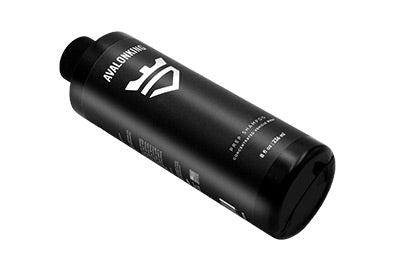
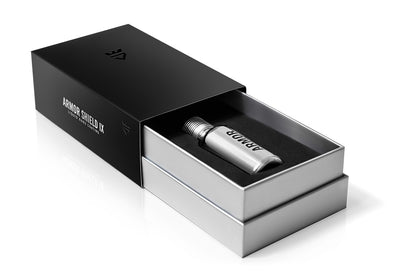
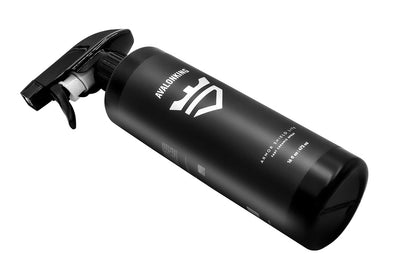
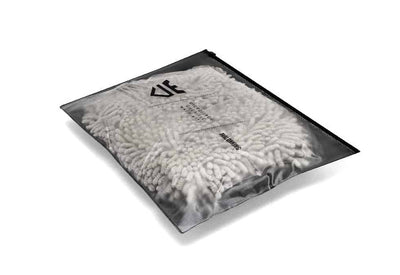
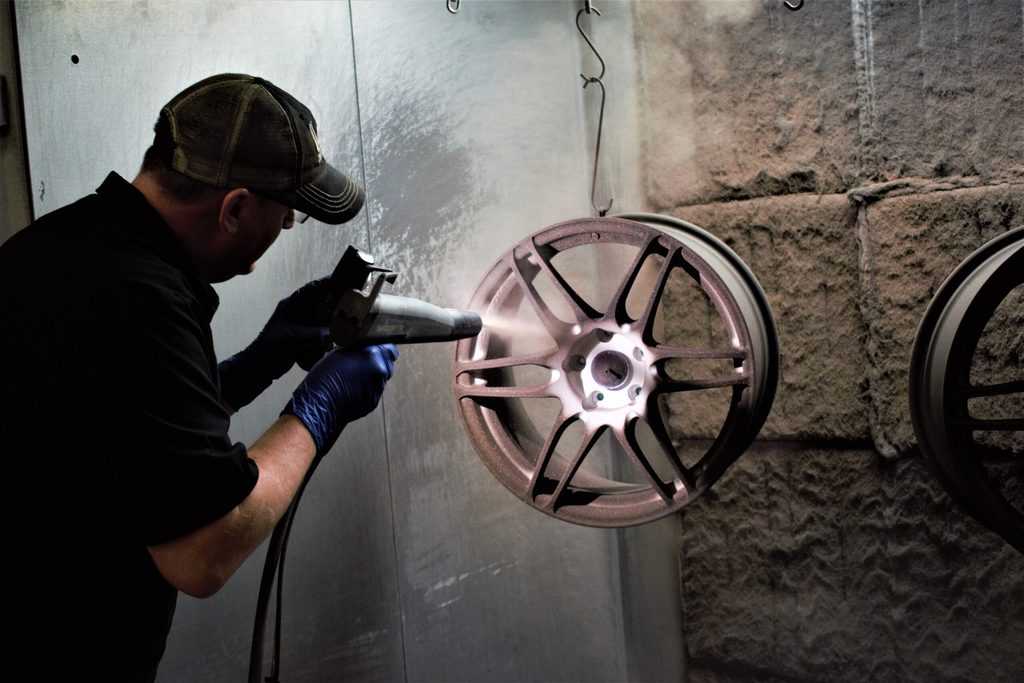
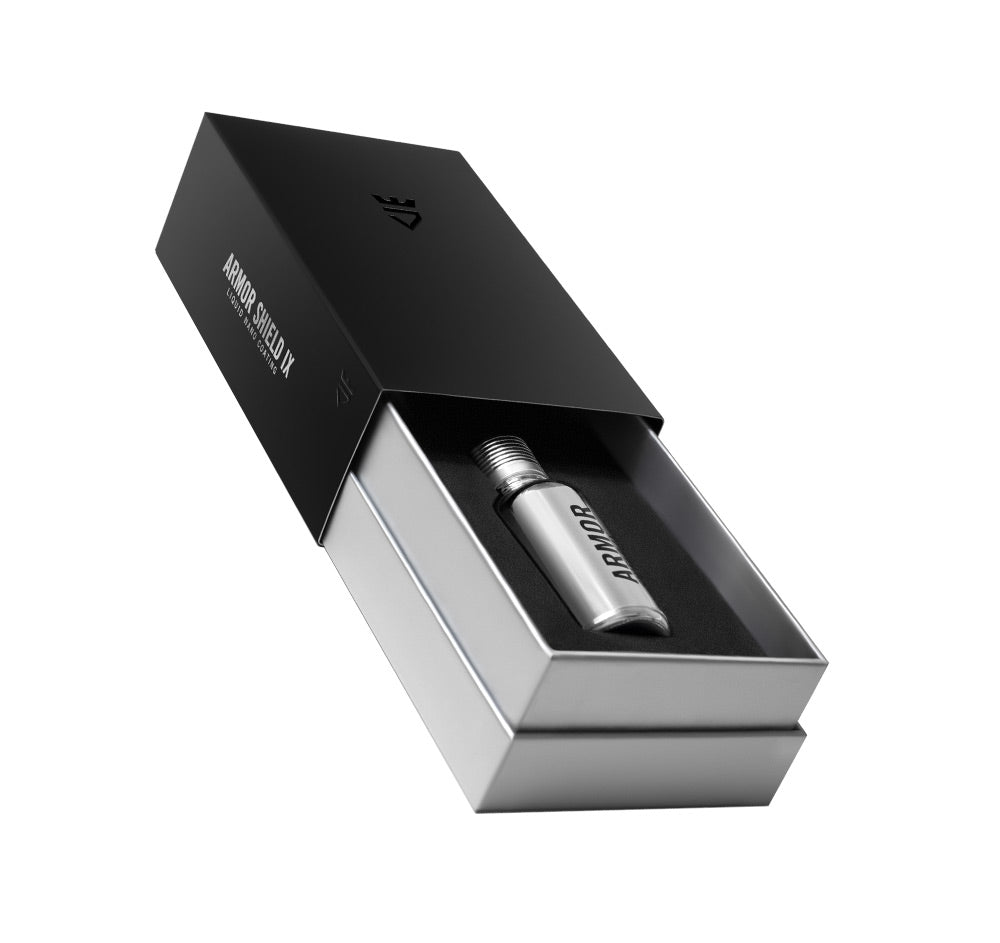
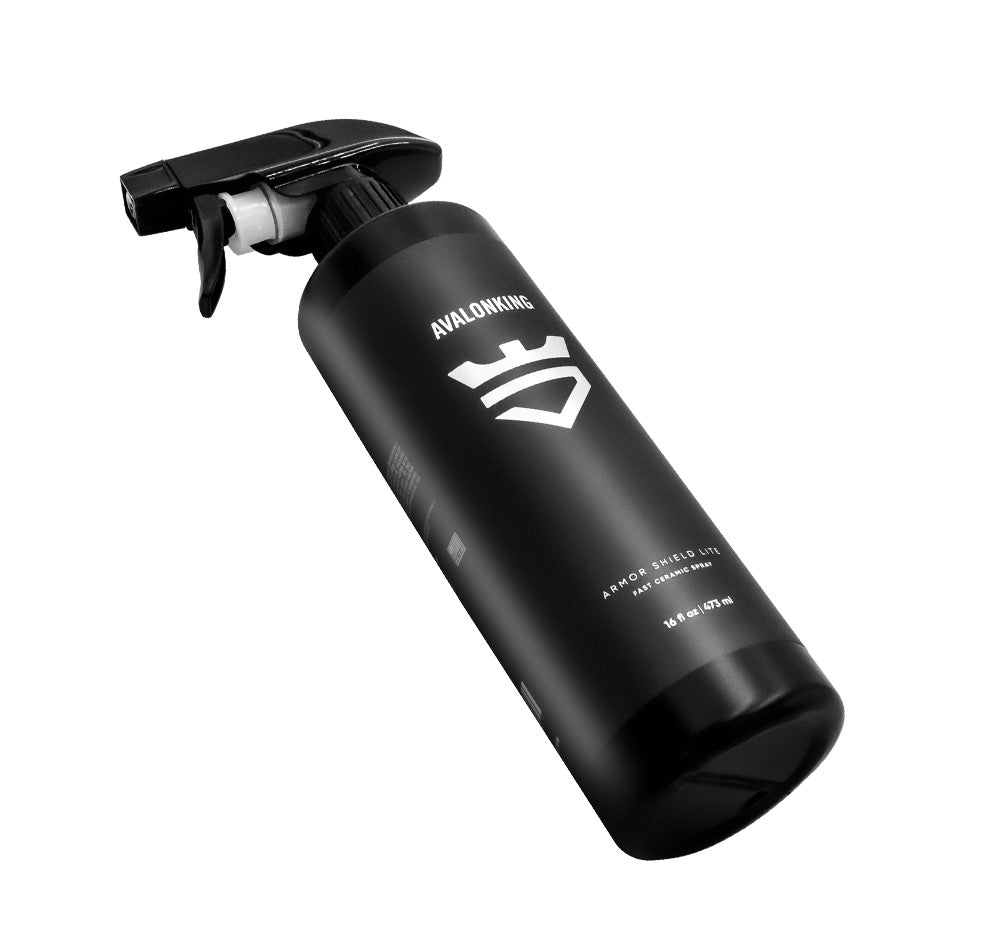
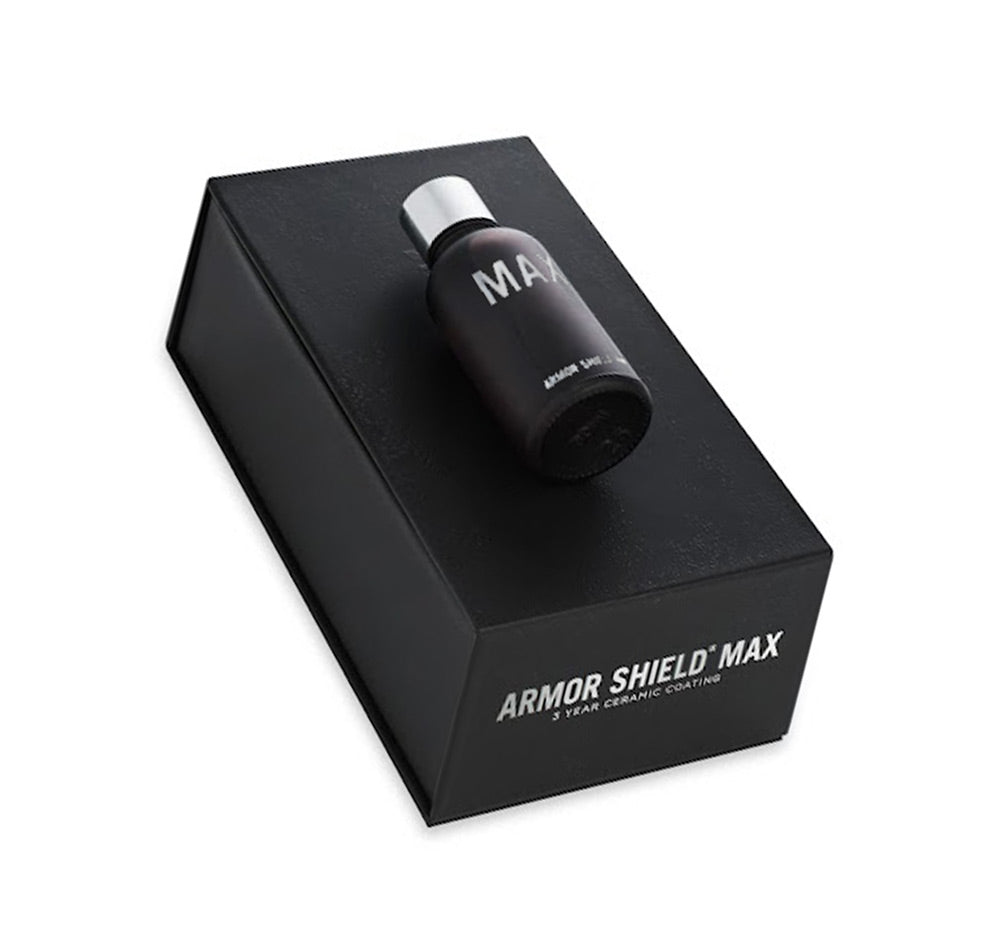
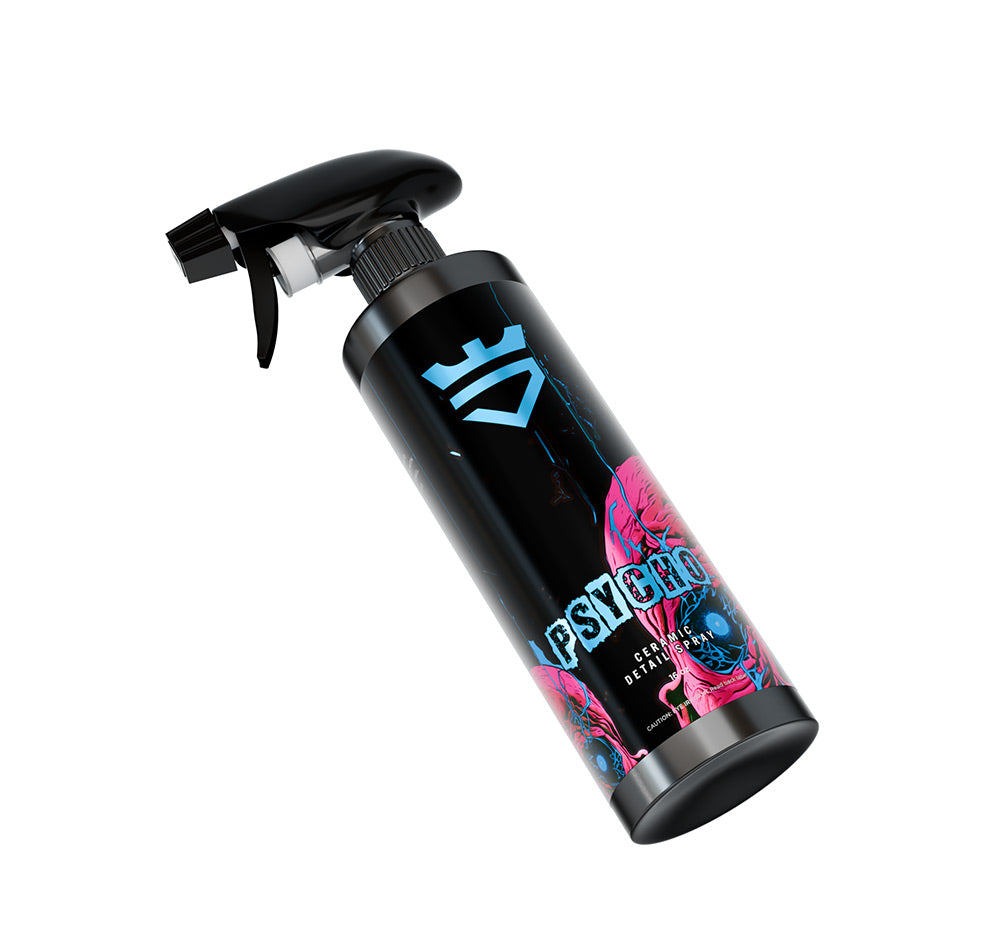
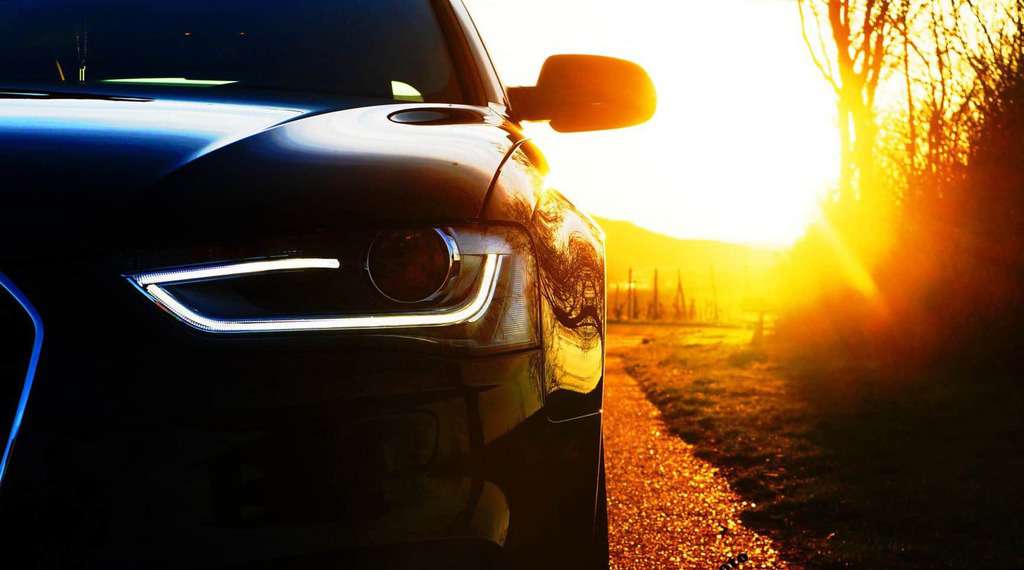
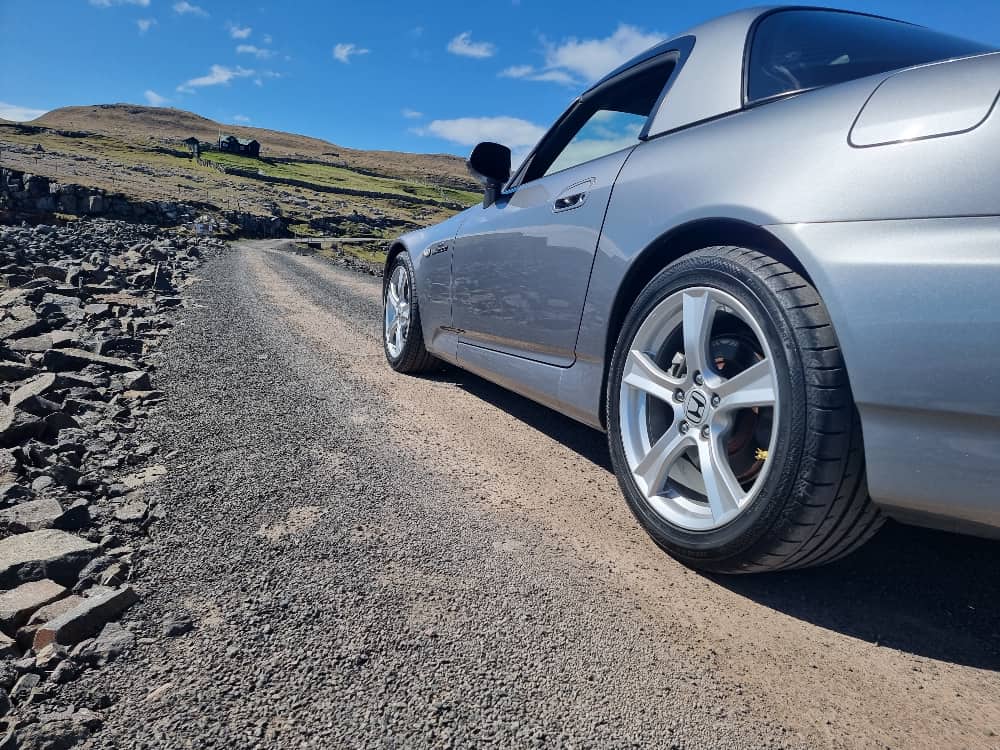

5 comments
Aisha Dey
Hello there! I could have sworn I’ve visited this website before
but after looking at a few of the articles I realized it’s new to me.
Anyhow, I’m definitely happy I stumbled upon it and I’ll be bookmarking it
and checking back regularly!
Hello there! I could have sworn I’ve visited this website before
but after looking at a few of the articles I realized it’s new to me.
Anyhow, I’m definitely happy I stumbled upon it and I’ll be bookmarking it
and checking back regularly!
Isaac Skinner
It is nice to know that Doogood powder coating can also be used in cars. What I like about this metal finishing is that it has a lot of benefits. I am glad you explained well the guide on how it can enhance our cars.
It is nice to know that Doogood powder coating can also be used in cars. What I like about this metal finishing is that it has a lot of benefits. I am glad you explained well the guide on how it can enhance our cars.
Jill Walls
JB Weld industrial grade works great. It can withstand the that it takes in a powder coating oven and it can be sanded out to a smooth surface. The powder bonds really well to it. So if you have some curb rash, you can fill it in, sand it down and shoot right over top of it after about 24 hours.
JB Weld industrial grade works great. It can withstand the that it takes in a powder coating oven and it can be sanded out to a smooth surface. The powder bonds really well to it. So if you have some curb rash, you can fill it in, sand it down and shoot right over top of it after about 24 hours.
Dale Pearl
Hi Joe!
I haven’t tried your particular scenario before but I would think the low cost of a putty kit might do the trick. Of course, check with the specific manufacturer to find out the temperature tolerance of the product.
Hi Joe!
I haven’t tried your particular scenario before but I would think the low cost of a putty kit might do the trick. Of course, check with the specific manufacturer to find out the temperature tolerance of the product.
Joe Rush
Can you tell me what product can be applied to metal to fill and smooth out the surface before powder coating that can withstand the temperature used when powder coating?
Something like Bondi used before paint.
Thanks,
Joe
Can you tell me what product can be applied to metal to fill and smooth out the surface before powder coating that can withstand the temperature used when powder coating?
Something like Bondi used before paint.
Thanks,
Joe